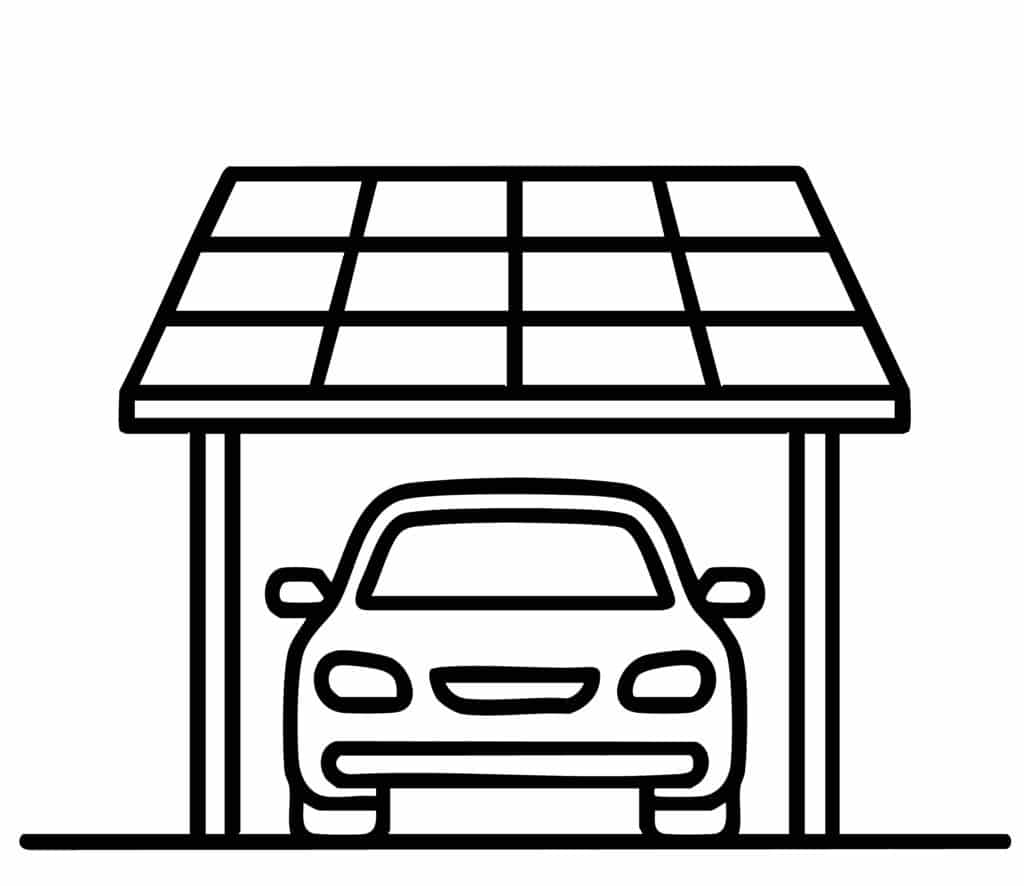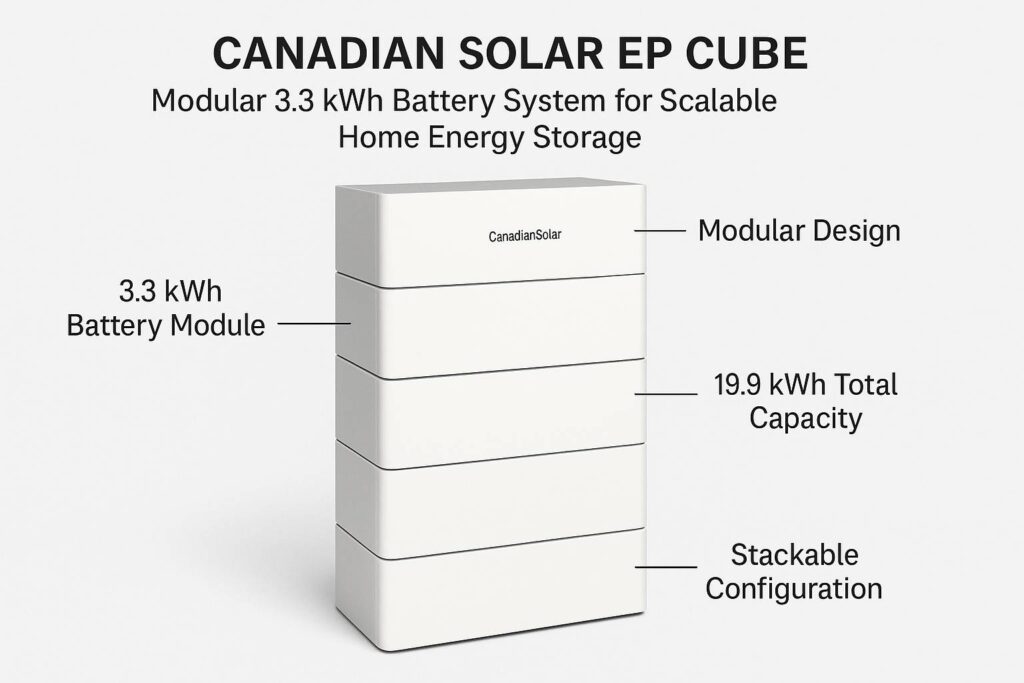📦 Fast Delivery – Order Now!
💸 Shop Safely – 100% Money-Back Guarantee
👨🔧 Lifetime Customer Support
📦 Fast Delivery – Order Now!
💸 Shop Safely – 100% Money-Back Guarantee
👨🔧 Lifetime Customer Support
A carport with solar panels is more than just a roof for your vehicle, because it combines function with renewable energy. And while many homeowners think solar is only for rooftops, a solar carport shows how flexible and efficient this technology can be. It protects your car, and at the same time, it produces electricity.

A solar carport is a covered parking structure equipped with photovoltaic panels, and it generates electricity while giving your car shelter. Unlike traditional carports, this system uses the roof to capture sunlight, and it channels the energy into your home, your business, or even your electric vehicle. Because it is both functional and sustainable, it has become popular across the U.S.
You get two advantages at once, because you gain shade and solar power. Your vehicle stays cool, and you produce clean electricity at the same time. And although the initial investment may seem high, you save money month after month on your utility bills.
Moreover, a solar carport often qualifies for tax credits and incentives, and that makes the payback period shorter. And since the system uses durable materials, it lasts for decades while requiring very little maintenance.

✅ 430W high-efficiency N-Type TOPCon monocrystalline
✅ Sleek all-black design with 108 half-cut cells
✅ 25-year product and 30-year performance warranty
The energy output depends on size, location, and panel efficiency. A single-car carport can deliver between 2 and 4 kW, while a two-car carport often reaches 6 to 9 kW. And if you expand to larger commercial setups, the output can climb even higher.
Because of the direct exposure to sunlight, solar carports often perform better than rooftop systems with shading. And since you can choose the angle and orientation, you can maximize production throughout the year.
| Carport Size | Average Capacity | Annual Energy (kWh) | Cars Covered |
|---|---|---|---|
| Single-car | 2 – 4 kW | 2,600 – 5,200 | 1 |
| Double-car | 6 – 9 kW | 7,800 – 11,700 | 2 |
| Commercial lot | 20+ kW | 26,000+ | 5+ |
This table shows how flexible solar carports can be, because they adapt to different needs. And whether you want to cover one vehicle or many, you also create a renewable power station.
First, you generate clean energy and reduce your carbon footprint. Second, you extend the life of your car’s paint and interior by protecting it from sun and weather. And third, you can integrate EV charging stations, because the carport is already producing electricity where your car is parked.
Another benefit is independence, because you produce your own electricity instead of relying only on the grid. And in times of rising energy costs, that independence is a strong advantage.

Costs vary, but on average, a single-car solar carport ranges between $10,000 and $15,000. A double-car structure costs between $18,000 and $25,000. And while these numbers may look high, tax credits and energy savings balance them out over time.
Because maintenance costs are low and electricity production is high, many systems pay for themselves in 6 to 10 years. And since the panels can last 25 years or more, the long-term savings are significant.
The installation requires proper planning, but with expert support, the process runs smoothly. The structure must meet building codes, and the electrical connection must be safe. But because the carport is free-standing, you do not need to worry about the condition of your home’s roof.
And since professional installers take care of permits and inspections, you avoid stress and focus on the benefits.

At AceFlex, we believe a solar carport is one of the smartest investments for homeowners and businesses alike. Because it combines parking with clean power, it pays off in both comfort and savings. Contact us today, and we will design a solution tailored to your needs, guide you through every step, and deliver quality that lasts for decades.
A carport with solar panels is more than just a shelter for your car, because it is also a long-term investment in sustainability. It saves you money, protects your vehicle, and gives you energy independence. And although it requires an upfront cost, the long lifespan and tax incentives make it a profitable choice. Therefore, choosing a solar carport is choosing a smarter and greener future.

Yes, you can install solar panels on a carport, and it is one of the most efficient ways to use open space. You gain both shade and clean electricity at the same time.
The 20% rule means your solar system cannot cover more than 20% of certain utility limits, and this prevents overloads on the local grid. It keeps energy distribution balanced, and it ensures safety for everyone.
Solar carports cost more than rooftop systems, and they require more structural work. Yet they also provide shade, and they generate more energy in many cases.
Most solar carports last 25 years or more, and with good maintenance they can last even longer. The panels, structure, and inverter work together, and they provide long-term value.
Yes, you can run an air conditioner with solar power, but the system must be sized correctly. A carport can support enough panels, and it can cover AC loads during sunny hours.
The biggest downside is the high upfront cost, and it may take years to recover the investment. But tax credits and long-term savings reduce this problem.
Some people remove panels because of roof repairs, and others upgrade to newer technology. Old panels may lose efficiency, and replacing them often makes sense.
Solar panels are designed to resist storms, but extreme weather can still cause damage. Strong winds or hail may break some modules, and insurance usually covers the loss.
After 25 years, panels still work, but their efficiency drops by 15 to 20 percent. Many owners replace them, and some recycle the materials.
Yes, solar carports can raise property value, because they add both energy savings and functional parking. Buyers see them as modern and eco-friendly upgrades.
Yes, you can connect EV chargers to solar carports, and the system delivers energy directly to your car. This saves money, and it reduces reliance on the grid.
In many states they qualify for tax credits, and they also benefit from federal incentives. You should check local rules, and you can maximize your return.
A single-car system generates 2 to 4 kW, and a double-car setup reaches up to 9 kW. Larger commercial units produce far more, and they cover heavy demand.
They require very little maintenance, and usually only cleaning and inspection. Because they use durable materials, they remain reliable for decades.
Yes, they can run off-grid if paired with batteries, and they provide energy independence. However, batteries raise costs, and they require extra planning.
Small systems install in a few days, and large ones may take weeks. Permits and inspections add time, but professional crews speed the process.
In most areas, yes, you need a permit, and rules vary by state or city. The installer handles paperwork, and this ensures legal compliance.
Yes, they are engineered for snow load, but extreme regions require stronger designs. Snow usually slides off panels, and that reduces risks.
A single-car carport needs about 200 square feet, and a two-car carport doubles that. Larger projects scale with demand, and they adapt to site conditions.
They are better in flexibility, because you choose orientation and angle. Yet rooftop panels are cheaper, and they need less structure.
Yes, modular systems allow expansion, and you can add panels when needed. This gives you flexibility, and it supports growing energy demand.
Yes, they still generate power on cloudy days, but at lower output. Because sunlight penetrates clouds, the system continues working.
Yes, banks and solar companies offer financing plans, and tax credits reduce costs. This makes solar carports affordable, and it spreads investment over years.
Yes, they are very safe, because they meet strict electrical and structural codes. With professional installation, risks are minimal, and performance is stable.
AceFlex is one of the leading online retailers of renewable energy products and offers a wide range of solar products. We work with well-known manufacturers and wholesalers and can offer you cost-effective products in the field of photovoltaics so that you too can contribute to the energy transition.
Looking for an experienced team for planning your photovoltaic system without the hassle of doing it yourself? We are your trusted partner, offering comprehensive nationwide solutions. We provide expert consultation and supply of both photovoltaic systems and storage units tailored to your specific needs.
© 2025 Aceflex All Rights Reserved. Design by Media Pantheon, Inc.